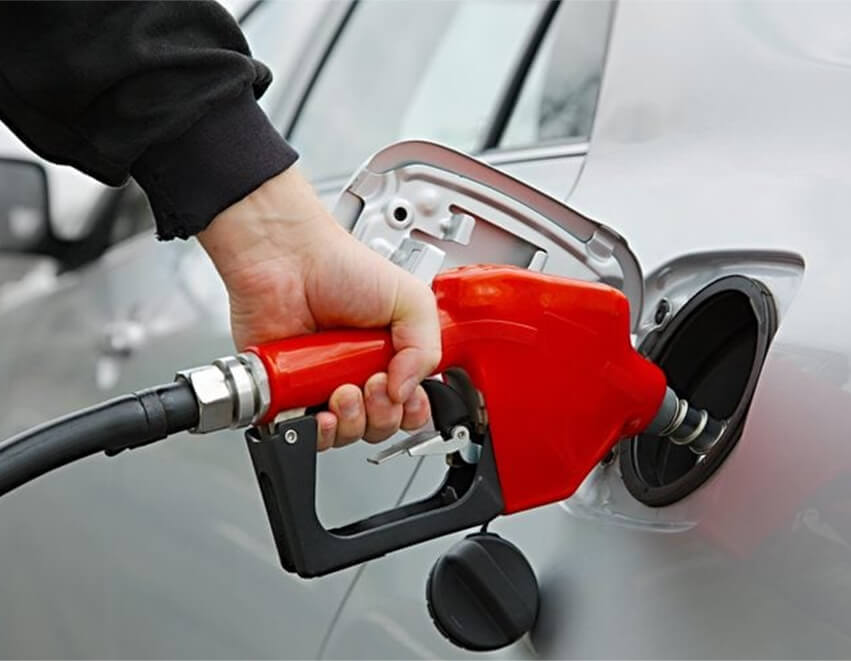When selecting drums and tanks for transporting and storing fuels, two material choices dominate – plastic and steel. Both have advantages that make them desirable options. In this article, we’ll compare key differences between plastic and steel designs to help determine the best fit for your fuel transfer needs. Plastic Vs Steel Fuel Transfer Tanks […]
When selecting drums and tanks for transporting and storing fuels, two material choices dominate – plastic and steel. Both have advantages that make them desirable options.
In this article, we’ll compare key differences between plastic and steel designs to help determine the best fit for your fuel transfer needs.
Here are some of the major differences between plastic and steel fuel transfer tanks:

One of the biggest advantages of plastic fuel tanks is their light weight. Polyethylene construction allows large tanks up to 500 gallons that can still be moved manually when empty. This enables quick relocation as needs change. Smaller portable plastic tanks are easy for one person to maneuver by hand.
Plastic’s corrosion resistance also permits convenient slide-in fittings and attachments like wheels and drain valves. Steel requires welded fittings to avoid rust weak points. Plastic tanks deliver easier portability and modification.
A major risk with any fuel storage is fire, so the flammability of tank materials is an important safety factor. Plastic fuel tanks have high fire resistance and will not readily ignite. But plastic does gradually weaken and soften in extreme heat, eventually rupturing if exposed to enough heat over time.
Steel fuel tanks have higher fire risk, as exposed steel will weaken rapidly in flames leading to catastrophic tank failure. Fire-resistant coatings help improve steel heat tolerance, but plastic maintains the inherent advantage in fire conditions.
Due to higher material costs, steel tanks are more expensive than plastic in smaller capacities under 1,000 gallons. But larger steel tanks achieve better economy of scale, making them lower cost for high-capacity depots. Steel also has lower replacement part costs for fittings and valves than specialized plastic components.
Plastic fuel transfer tank holds resale value better, retaining over 50% of purchase price after years of use. Used steel tanks have more depreciated value, bringing 25% or less of original cost when sold. This gives plastic an advantage for periodic tank liquidation.
During use, plastic and steel are both environmentally neutral. But end-of-life factors give plastic tanks sustainability benefits. Plastic tanks are easily recycled, allowing reuse of the high-density polyethylene. Steel tanks instead become scrap metal with lower reuse value.
Plastic fuel transfer tank with pump production also requires less energy than steel manufacturing. The lighter weight of plastic further reduces fuel emissions during transport compared to heavy steel tanks. This gives plastic tanks a smaller lifetime environmental footprint.
For maintenance, plastic once again benefits from corrosion resistance, retaining smooth inner walls over years of use. Steel requires interior linings and coatings to prevent rusting that leads to contamination and reduced lifespan. But plastic can be degraded by some fuel additives, requiring avoidance of ethanol in gasoline.
Plastic tanks also provide more flexibility for cleaning. Smaller tanks can be washed manually without specialized tools. Large steel tanks rely on interior tank wash systems, or require hazardous manual entry for cleaning. Both materials must avoid buildup of static discharge during cleaning to prevent explosion risk.
Considering all factors from transportability to longevity and safety, plastic strikes the best balance for general onsite fuel storage needs up to a few thousand gallons. But for highest volume terminals, steel tanks remain the most economical choice. Work with suppliers like Aocheng Group to select optimal tank designs and safety features for your specific fuel storage challenges. Their expertise helps navigate the nuances of plastic and steel tanks to store and transfer diesel, gasoline, oils and more with confidence.




